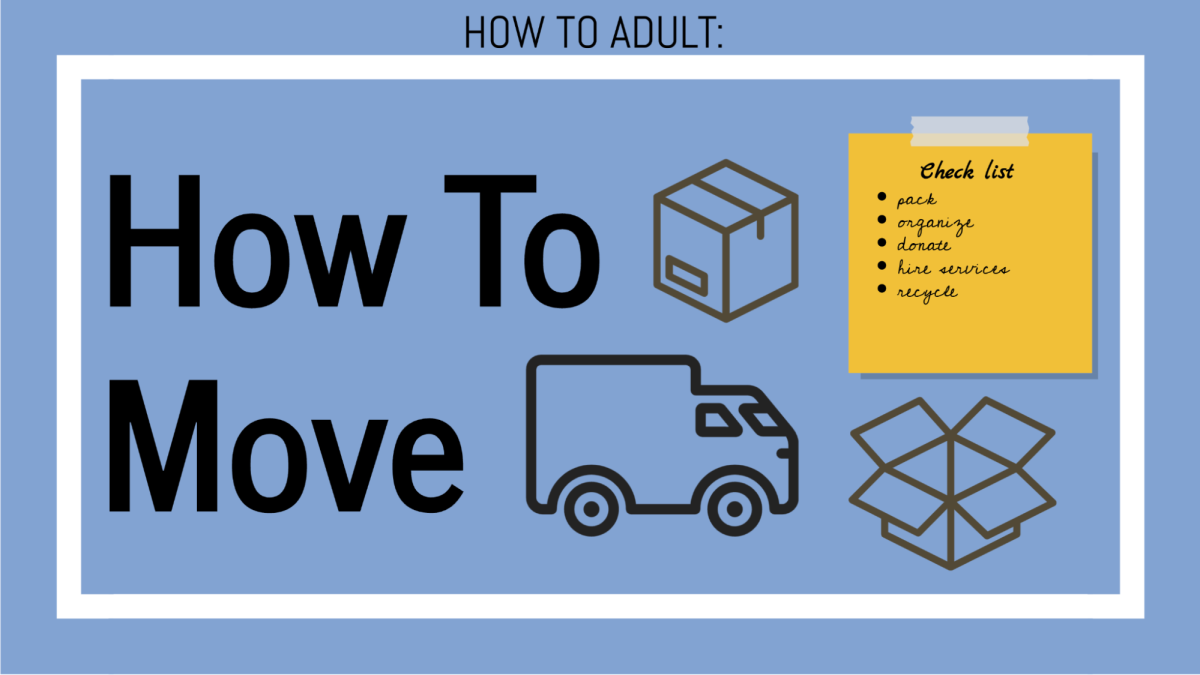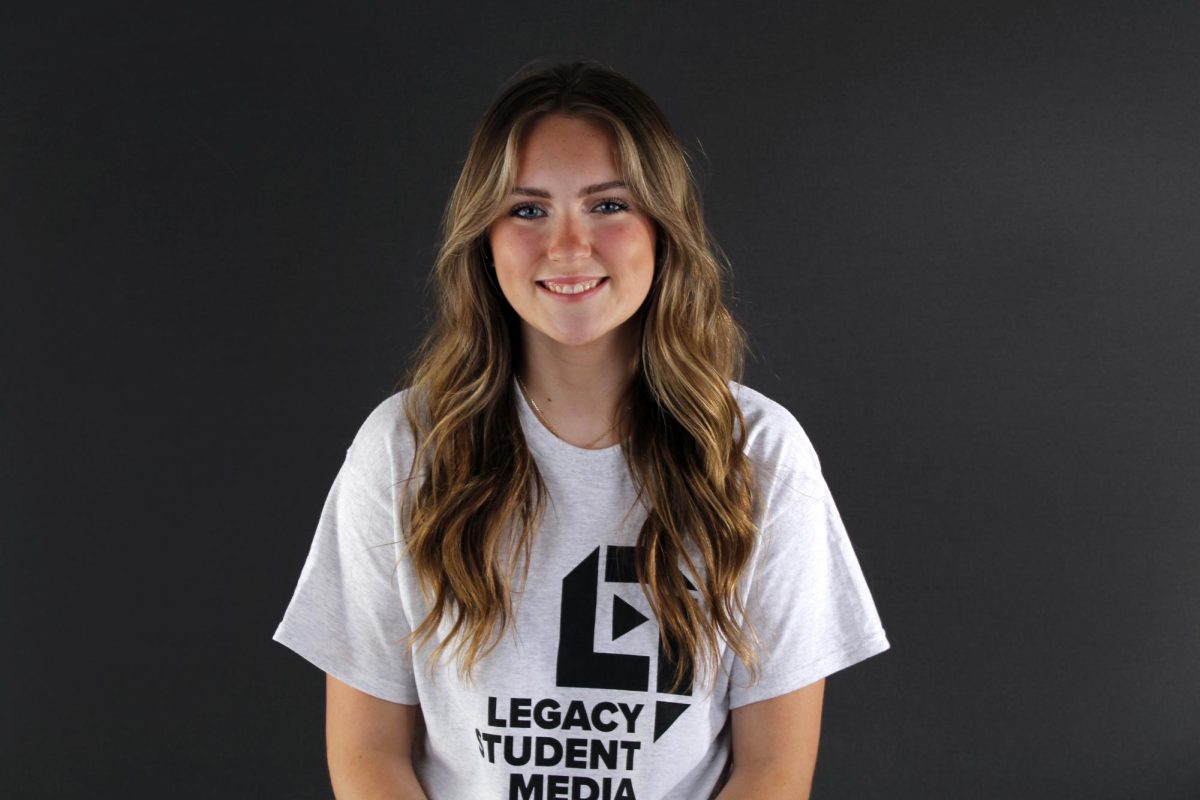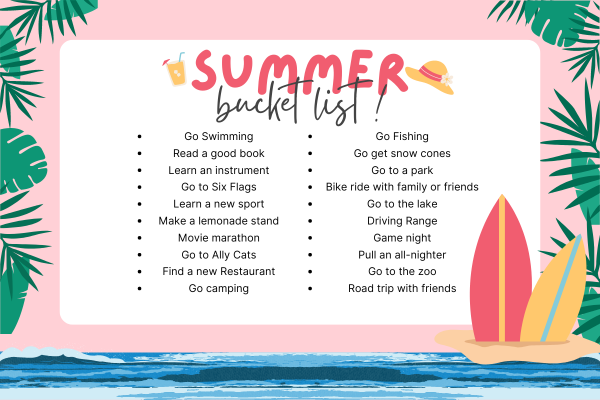
The first actions taken after an injury can be the difference between living and dying. It is important that everybody has a basic understanding of first aid in case an emergency ever arises. Here are nine basic first-aid measures.
Emergency Room vs. Urgent Care vs. By Yourself
Getting professional help is vital in ensuring your well-being, and can also save you lots of money. Minor cuts and burns can be treated by yourself at home. Emergency rooms are for serious or life-threatening injuries, while urgent care can be a replacement for your primary care doctor when they are not available. Emergency room-worthy situations include head injuries, broken bones, chest pain, difficulty breathing, etc. Urgent Cares are more efficient in caring for fevers, dehydration, vomiting, and minor sprains.
Cleaning Wounds
Cleaning a wound or cut properly can help prevent getting an infection. First, clean the wound with warm water to loosen dirt and debris. Then, you can use hand soap and warm water, alcohol-based wipes, or isopropyl alcohol to thoroughly cleanse the wound. If needed, tweezers can be used to remove big pieces of debris in the wound. Next, put a topical antibiotic like Neosporin or Polysporin to help prevent infections and scarring.
Bandaging
Minor cuts and scrapes can be dealt with at home, but bigger cuts that are profusely bleeding or down to the bone should be seen by a doctor and stitched up. Use gauze to clean and dress wounds. Make sure the gauze covers the whole wound and use medical tape to secure it. Use Band-aids, which come in various shapes and sizes, for small cuts and scrapes. You can also apply an over-the-counter antibiotic like Neosporin directly on the cut under the bandage.
Pain Medications
Tylenol is a brand associated with acetaminophen, a pain reliever and fever reducer that can be obtained over the counter. Ibuprofen is an anti-inflammatory medication that reduces pain and swelling. Brand names that have ibuprofen in them are Advil and Motrin. Ibuprofen typically is more effective for muscle strains or aches, but headaches or common colds can be treated with either medication. A doctor will prescribe a stronger pain medication if needed for chronic or more severe pain.
Ice vs. Heat
Icing an injury like a minor strain or sprain is a great option for the first 72 hours directly after the injury occurs. Ice helps reduce swelling of the muscles involved, which will relieve pain. On the flip side, heating helps soothe stiff muscles and joints which will reduce pain in day-to-day activities. However, it is vital to only leave heat and ice on the body for no more than 10 to 15 minutes at a time as they can burn the skin. Affordable heating pads and reusable ice packs could be a good investment to make and can be found at any local drugstore or grocery store, or on Amazon.
Epi-Pens
Epi-Pens are epinephrine injections that are prescribed by doctors to quickly treat life-threatening allergic reactions. While they aren’t typically included in first aid kits, it is important to know how to use them. First, hold the injector with the orange tip facing down towards the thigh. Remove the blue safety cap at the top and place the injection device against the outside thigh. Next, push the injector firmly into the thigh and hold for three seconds. After the injection, remove the pen and massage the injection site for ten seconds. Get immediate emergency help after using the Epi-Pen if symptoms continue to occur.
Burn Care
First-degree burns (burns that only involve the top layer of skin) are treatable at home, while more serious burns need to be treated by a professional healthcare provider. The first step in stopping the burn process is to run cool water over the affected area for five minutes. Although it feels right, DO NOT put ice on a burn as it can cause further scarring and skin damage. Then, cover the area loosely with a sterile gauze badge. A soothing lotion that contains Aloe Vera can be put on smaller burns, but putting ointments or home remedies on larger burns can trap the heat in the tissue and make the burn worse. Take a pain reliever to control the pain, but a doctor might need to be consulted if the pain persists. Most minor burns will heal naturally and no further attention is required. The American Academy of Dermatology has more in-depth resources on how to treat burns.
Heimlich
The Heimlich Maneuver is used when a person is choking. Ask the person if they are choking before performing the procedure to avoid confusion. If the person is unconscious, call 911 immediately. For a conscious victim, reach around the victim’s waist and place a fist above the navel and below the rib cage. Grab onto your fist with the other hand, and pull sharply backward and up. Continue until the obstruction is cleared. For an unconscious patient, place them flat on their back and sweep his or her mouth with your finger to remove any obvious foreign bodies. Listen for breathing sounds, and if the patient is not breathing, then give them rescue breaths. Perform abdominal thrusts by placing the heel of your hand onto the abdomen just above the navel. Place your other hand on top and press with quick upward thrusts until the obstruction clears or first responders arrive.
Stabbings
For major stabbings with sharp items like knives, call 911 immediately. While waiting for help to arrive, do not remove the object from the victim because the item will keep the patient from bleeding out. Apply pressure and pack the wound with cotton or gauze. Cotton t-shirts can be a great tool to use in a situation like a stabbing. Place or hold the victim’s feet above their heart to increase blood flow to the brain and heart. Continue to apply pressure and attempt to stop the bleeding until first responders arrive.
















Dylan • Jan 8, 2024 at 12:19 pm
Ah, a very nice informational set of information.
mckenzie • Jan 8, 2024 at 12:18 pm
This is great story for people who might not know how to correctly do first aid .
Amtul • Jan 8, 2024 at 12:17 pm
It is very informative for people who don’t know that much.
Anneliese • Jan 8, 2024 at 8:36 am
This is very helpful for those that do not know how to do first aid!! 🙂